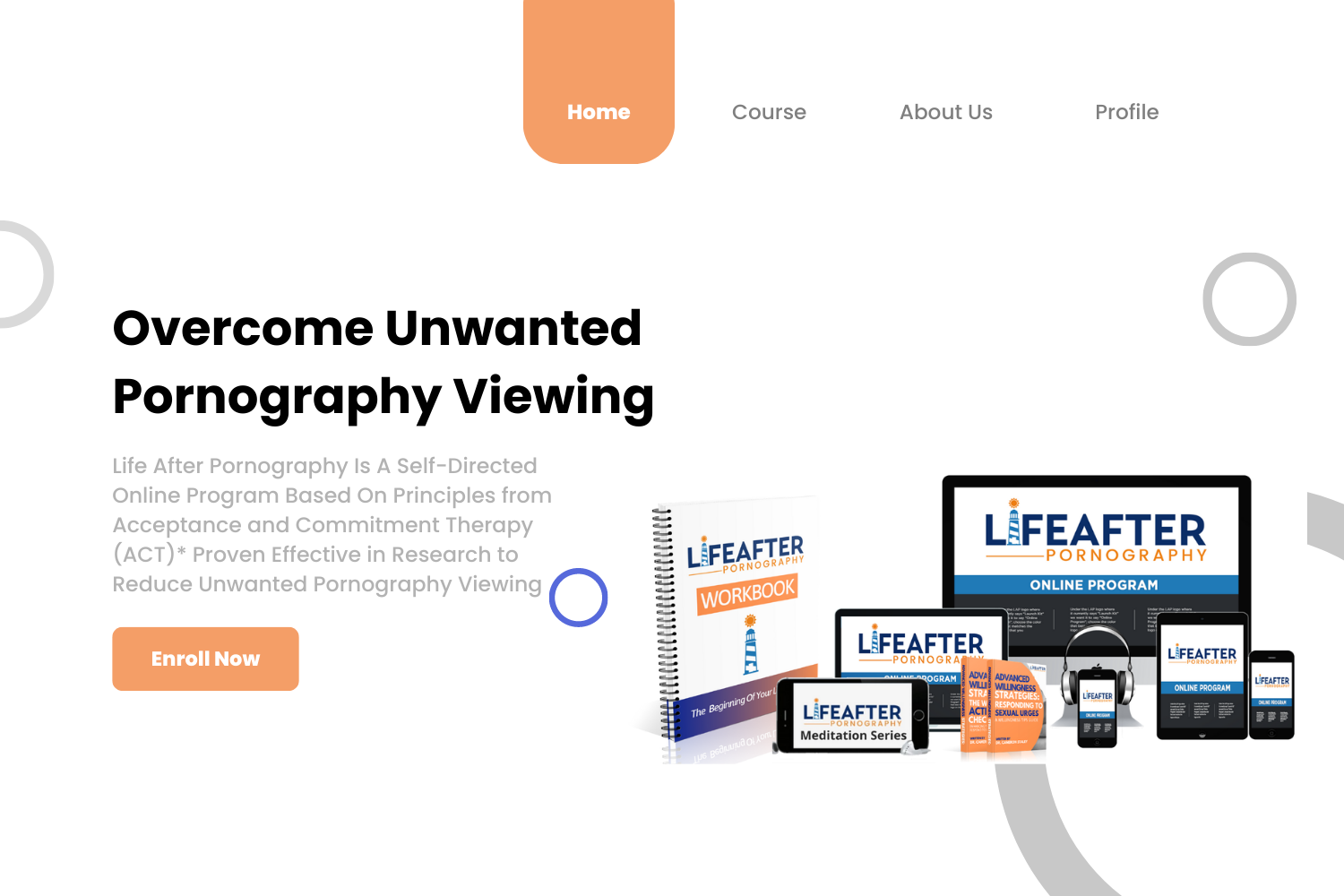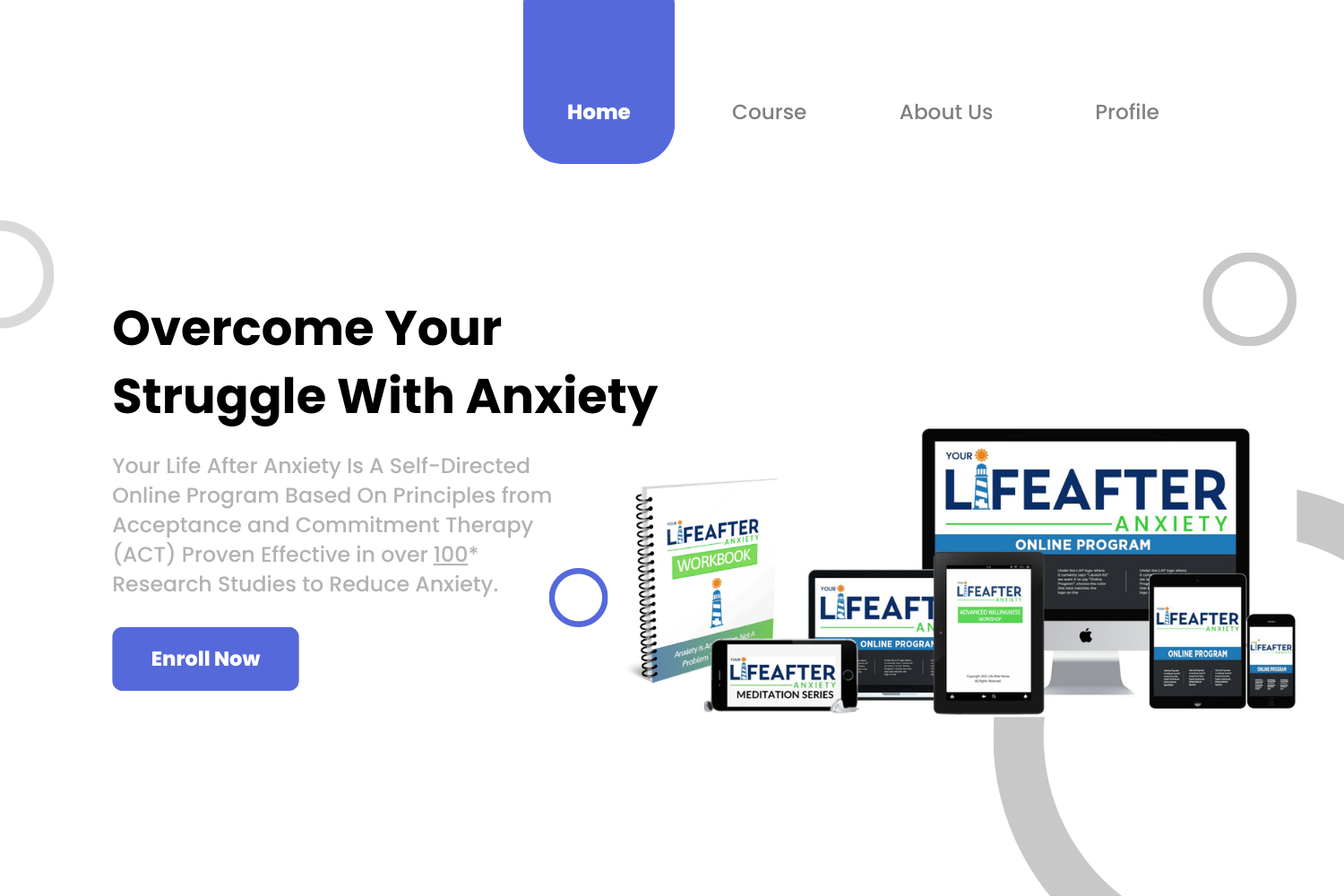Managing the Power of Shame: Identifying Shame and Its Triggers
Shame, an emotion that often lurks in the shadows, can wield immense power over our thoughts, actions, and relationships. We briefly delve into the complex nature of shame, its origins, triggers, and the cycles it can set into motion. Drawing from insights rooted in Acceptance and Commitment Therapy (ACT), we aim to shed light on how identifying and addressing shame can lead to healthier emotional well-being.
Understanding Shame and Its Intricacies
Shame, an emotion experienced by everyone at some point, can manifest as a pit in the stomach, a feeling of inadequacy, or even a sense of unworthiness. It often stems from events outside or within ourselves, leading to a range of emotional and physical responses. These responses can include nausea, physical discomfort, emotional withdrawal, and even distorted self-perception.
Identifying Triggers of Shame
Shame arises from various triggers, both external and internal. Common external triggers include experiences of rejection, criticism, or betrayal by loved ones. Internal triggers, on the other hand, result from our own beliefs, comparisons, and unrealistic standards that we impose on ourselves. We may even internalize judgment from others, leading to feelings of shame.
Shame’s triggers are as diverse as they are impactful, emerging from the interplay of external events and internal dialogues. An illustrative example of an external trigger involves Jane, a talented artist. At an art exhibition, Jane overhears a dismissive comment about her work, and a wave of shame engulfs her. This single comment awakens feelings of unworthiness, stemming from her longing for external validation.
On the internal front, consider Mark, a diligent student. He sets unrealistic expectations for himself, aiming for perfection in every assignment. When he receives a slightly lower grade than expected, a sense of shame floods in. His internal dialogue, driven by unrealistic standards, triggers feelings of inadequacy.
These examples underscore the intricate dance between external events and internal narratives that orchestrate the symphony of shame.
TRENDING: Understanding And Overcoming Fear
The Role of Mindfulness in Recognizing Shame
Mindfulness, a cornerstone of therapies including ACT and Dialectical Behavior Therapy, helps us become attuned to our emotions, including shame. By paying close attention to our emotional responses, we can better detect when shame is emerging and understand its origins.

Breaking Down Shame’s Emotional Cycle
Shame sets off a cycle encompassing events, thoughts, emotions, and behaviors. It compels us to withdraw, avoid, and sometimes even engage in impulsive or compulsive actions to escape its grip. This cycle can lead to emotional numbing, isolation, and even self-sabotaging behaviors.
The Healing Power of Vulnerability
In addressing shame, vulnerability emerges as a powerful tool. Sharing our shame with safe and supportive individuals in our lives breaks the cycle of isolation and fosters connection. By exposing our feelings of shame to the light, we can lessen its impact and disrupt its hold on us.
DISCOVER: Overcoming Anxiety Sensitivity
Applying Dialectical Behavior Therapy (DBT) to Shame
DBT provides practical techniques for managing shame. One approach involves breaking down mindfulness into observing, describing, and participating. By observing our emotions without judgment and describing our experiences, we create space for self-compassion. Participating fully in the present moment further distances us from the grip of shame.
No Emotion Is Permanent
Understanding shame’s triggers, emotional cycle, and the strategies to address it is essential for promoting emotional well-being. By cultivating mindfulness, embracing vulnerability, and employing techniques from ACT, we can navigate the complex terrain of shame and reclaim our emotional freedom. Remember, no emotion is permanent, and with the right tools, we can empower ourselves to live a more authentic and shame-free life.
Discover a Path to Emotional Freedom with Our Programs
If you’ve resonated with the insights shared in this article and are seeking a practical way to navigate and conquer challenging emotions like shame, our comprehensive program is here to guide you. Designed to help you cultivate mindfulness, develop emotional awareness, and build resilience, our program provides step-by-step techniques to break free from the grip of shame and other distressing emotions. Gain the tools you need to lead a more empowered and emotionally balanced life. Join us on this transformative journey toward emotional well-being.
The LifeAfterPornography Program
Embark on a transformative journey towards reclaiming your identity and emotional well-being with our LifeAfterPornography Program. If you’ve been seeking a way to break free from the grip of shame and other challenging emotions tied to pornography use, this program is tailored for you. Through a combination of mindfulness techniques, personalized guidance, and skills you can implement in your life, you’ll navigate the intricate landscape of overcoming this chronic struggle. Rediscover your self-worth, cultivate healthy coping mechanisms, and forge a path to a life beyond the influence of pornography. Embrace the support of our community as you embark on this empowering journey of growth and healing.
YourLifeAfterAnxiety Program:
If the burden of anxiety has left you feeling trapped and limited, our YourLifeAfterAnxiety Program offers a beacon of hope. This comprehensive program is dedicated to helping you overcome the pain of anxiety and embrace emotional freedom. Our expert-guided approach combines mindfulness practices, skills for navigating feelings of anxiety, and resilience-building techniques. Learn to recognize anxiety triggers, reshape your relationship with anxious thoughts, and regain control over your life. This program empowers you to step into a future defined by pursuing your values, cultivating your relationships, and focusing your efforts on building the life you want to live. Join us on this transformative journey and rediscover the joy and possibility life has to offer beyond anxiety.
Deepen Your Understanding Of Shame
Curious to delve further into the topic of identifying shame and its impact? Our enlightening YouTube video expands on the concepts discussed in this article. Tune in to explore real-life examples, practical strategies, and expert insights that shed light on the intricate nature of shame and how it influences our thoughts, behaviors, and relationships. Click the link to watch the video and deepen your understanding of this critical emotional experience.









